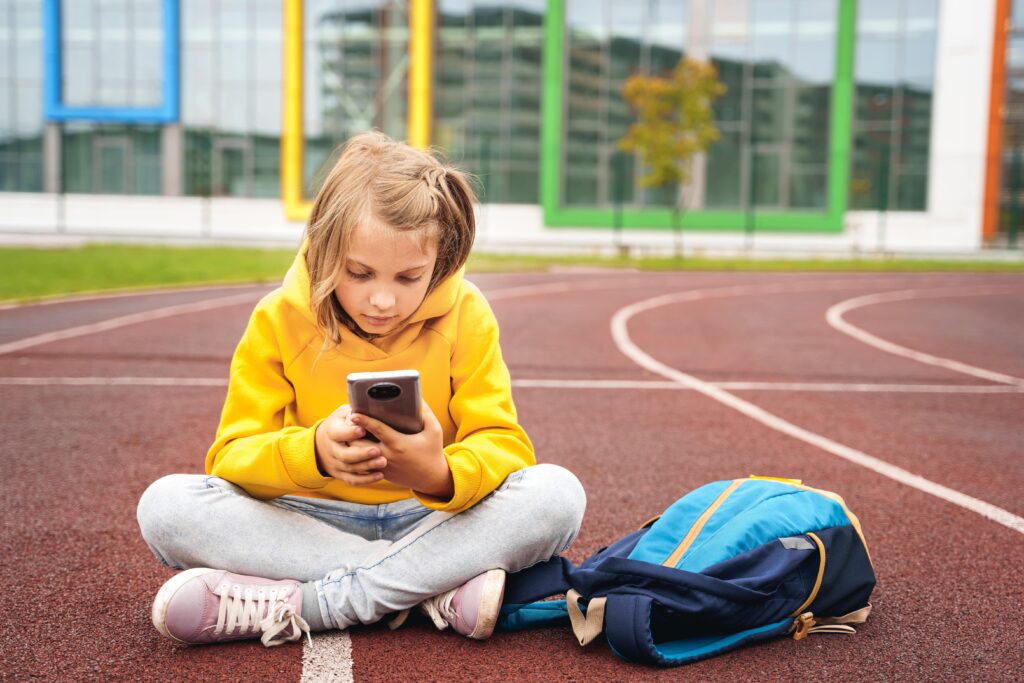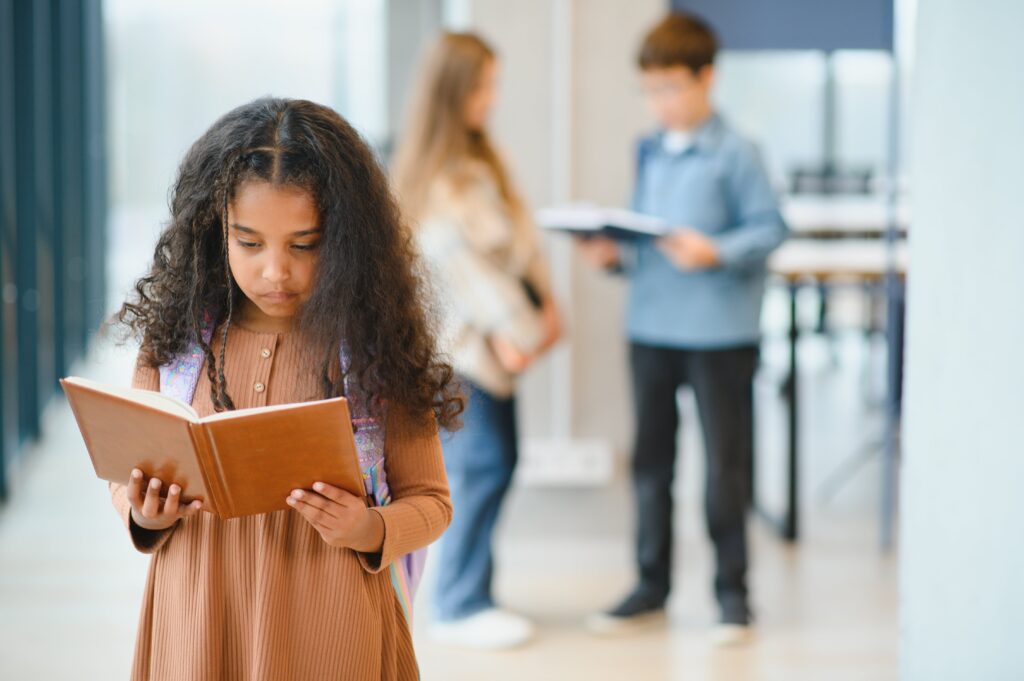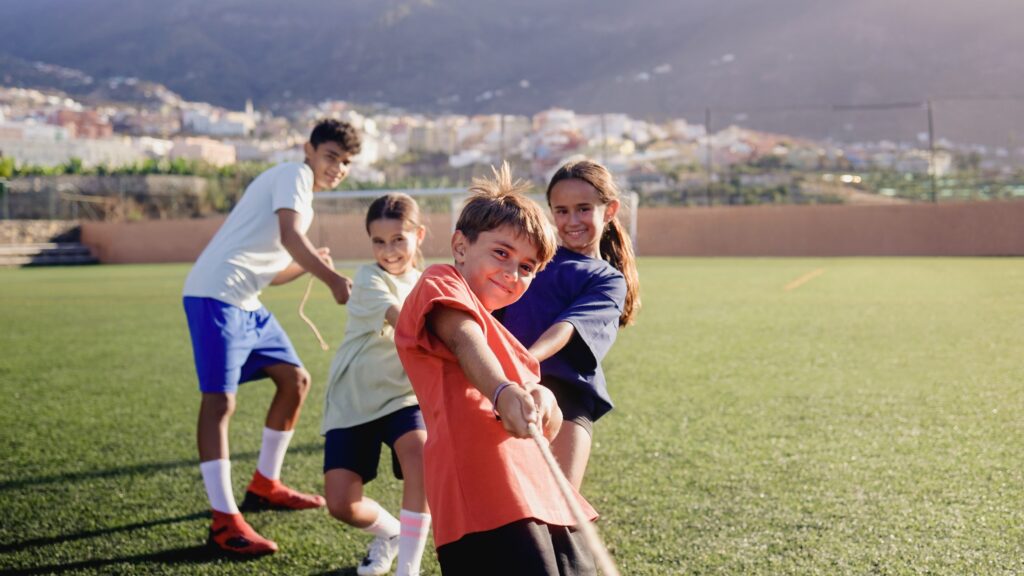
In recent years, a troubling trend has emerged among school-going children aged 12 to 18: they are spending less and less time on playgrounds. Once vibrant spaces of joy, creativity, and growth, playgrounds are now becoming empty — not because children don’t want to play, but because they are being pulled away by academic pressure and digital distractions.
The Shift from Playgrounds to Tuition Centers
The modern education system is becoming increasingly focused on academic performance. Parents, wanting the best for their children, are enrolling them in extra tuition classes beyond school hours. These tuition sessions are often longer than school itself, leaving little or no time for physical play.
While the intention behind this effort is good — better marks, clearer understanding, a brighter future — the reality often turns out to be the opposite.
The Problem with Rote Learning and Over-Scheduling

Many tuition classes focus on rote learning — memorizing information without truly understanding the concepts. Students are pushed to repeat answers and follow patterns just to perform well in exams. This leads to:
- Conceptual confusion: Despite long hours of study, students may not understand the “why” and “how” of subjects.
- Mental fatigue: Over-scheduling leaves students exhausted and unable to concentrate effectively.
- Lack of critical thinking: With limited time for self-exploration, students struggle to think independently or creatively.
Tuition time eats into the child’s day so heavily that there’s barely any room left for sports or relaxation. Learning becomes a burden instead of a joyful journey.
The Rising Influence of Electronic Gadgets
Another factor contributing to the decline in physical activity is the increased use of electronic gadgets — smartphones, tablets, gaming consoles, and social media apps.
- Children are spending hours on screens, either playing video games or scrolling through content.
- In some cases, parents knowingly provide these gadgets, not for learning or relaxation, but to showcase social status or “richness.”
- This creates a false sense of pride while depriving children of real-world experiences and physical engagement.
- Excessive screen time leads to reduced focus, disturbed sleep, social withdrawal, and poor posture.
Digital exposure should be balanced and purposeful, not a replacement for outdoor play.

The Hidden Cost: Physical and Mental Health
Staying away from the playground doesn’t just affect physical fitness — it takes a toll on mental and emotional health as well. Here are some rising concerns among children:
- Depression and anxiety: Constant pressure and lack of physical activity can lead to emotional burnout.
- Irritability and anger issues: Without outlets to release energy, children may become short-tempered or uncooperative.
- Obesity and health problems: A sedentary lifestyle causes weight gain, poor metabolism, and early health risks.
The playground offers something essential that tuition rooms and gadgets cannot — freedom, movement, and joy.
What the Playground Really Teaches
When children play on a field, they aren’t just playing a game. They’re developing:
- Leadership skills: Sports teach children how to take initiative and guide others.
- Decision-making ability: Quick thinking during a game improves real-life decision-making.
- Teamwork and communication: Playing with others nurtures cooperation and empathy.
- Resilience and discipline: Losing and learning from it builds emotional strength and sportsmanship.
These are life skills that no textbook or screen can truly provide.

A Call for Balance
It’s not about choosing between academics, technology, and sports — it’s about balance.
Parents and educators must recognize that a child’s overall development includes physical, emotional, and intellectual growth. Prioritizing only one aspect creates imbalance and long-term harm. A few suggestions:
- Limit tuition and screen time and make room for play.
- Encourage outdoor activities as part of daily routine.
- Focus on learning, not just scoring.
- Lead by example — when adults value balanced living, children follow.
Support schools that value holistic education, where sports and extracurriculars are integrated with academics
Conclusion: Let Children Be Children
In the race for success and status, let’s not forget that childhood is about discovery, movement, and connection. The marks a child earns are only one part of the story. The memories, skills, and joy built on the playground will last a lifetime. Let’s create an environment where children grow — not just academically, but emotionally, physically, and socially. Because a well-rounded child is the true measure of success.



